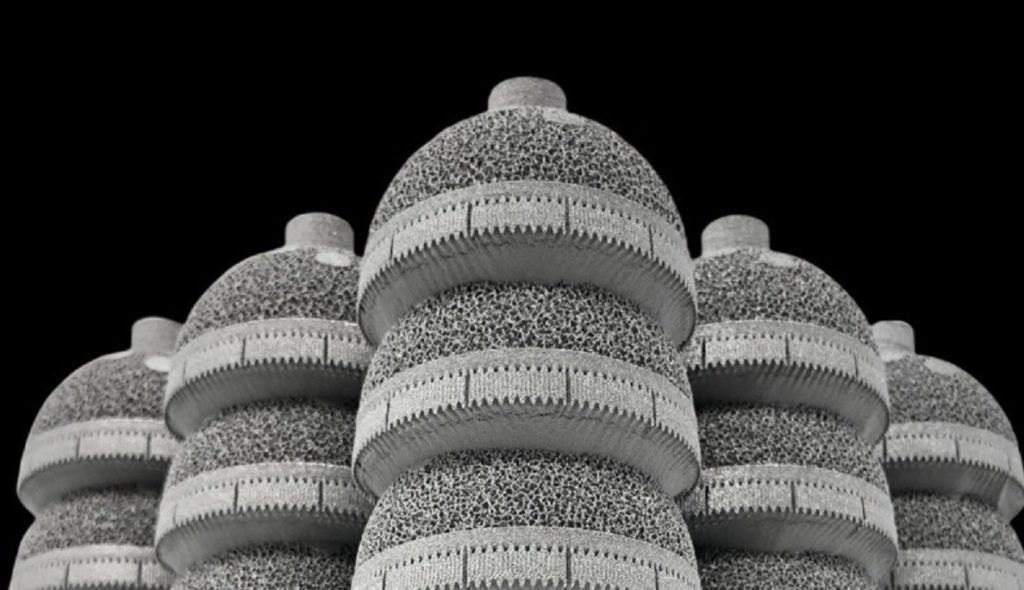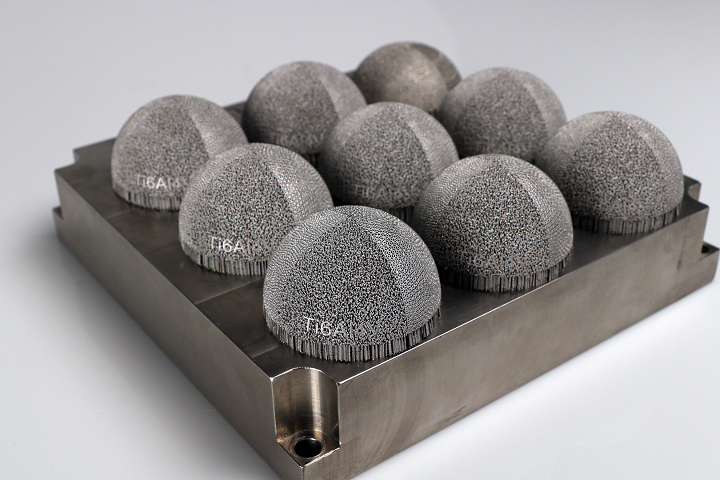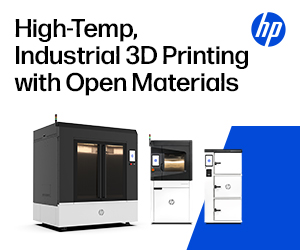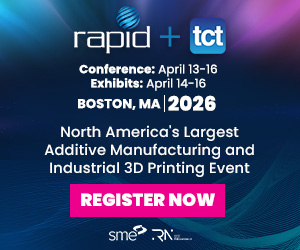I’m grateful for the extensive feedback and thoughtful discussion that emerged from my earlier article, “RIP 3D Printing: 1987 – 2023, Complexity is Expensive.” The strong response has prompted me to delve deeper into a prospective future for the 3D printing industry.
For over a decade, the industry has largely relied on investor funding, but the time has come to focus on generating genuine revenue and profits. This presents a challenge. Few companies in the sector are highly profitable; others might be profitable but are burdened by debt. Additionally, there’s a limited pool of firms experiencing both high revenue and growth.
In my view, the most promising avenue for industry growth lies in “rapid applications.” These would allow consumers to easily purchase 3D-printed goods directly from the additive manufacturing (AM) industry itself. This approach enables quicker design iterations, leading to better products. Selling these products could generate revenue more rapidly than selling machines or services would, providing us with the funds needed to expand the industry based on these profitable applications.
Other Things Holding Us Back
Several challenges are holding the 3D printing industry back, as many have pointed out. One major hurdle is the limited accessibility of CAD software: it’s expensive, difficult to master, and complex. Because so few people can create CAD files, the vast majority can’t effectively use 3D printing or design the products that are needed. In fact, the number of people proficient in CAD is roughly equivalent to the number who speak Esperanto—another “revolution in stasis,” so to speak.
Furthermore, the language of advanced design for additive manufacturing (DfAM) is even more specialized. Machines and materials are another concern; they’re both expensive and slow. The cost markup on materials is substantial, sometimes as much as 15 times their non-3D printed counterparts. While some materials are becoming more affordable, we’re still limited in terms of material variety, color, surface finish, and other qualities like fatigue strength.
The cost of producing large items through 3D printing is exorbitant, and issues with reliability and repeatability persist. Labor remains a significant portion of the overall expense, and the post-processing of parts often requires additional time and machinery. The qualification process for parts is lengthy, complicating quality assurance and production ramp-up which themselves are complex.
Additionally, there’s a scarcity of consultancies capable of guiding a company from inception to manufacturing. There are no systems integrators that can set up an entire factory for AM, although progress is being made in sectors like dental care. Customization options for machines are limited, and there’s a shortage of skilled operators, designers, and engineers in the field.
Overall, companies have to invest too much time and money for an uncertain outcome, which is inhibiting growth in the additive manufacturing sector.
Certainly, Invisalign is a remarkable counterpoint, boasting a market cap of $20 billion and expected to generate around $4 billion in revenue this year. This amounts to roughly a third of the entire 3D printing industry’s revenue. With two million aligner molds being 3D printed daily, it raises the question of what it will take for the industry to be recognized as capable of mass production. Although we might be producing around a billion objects annually, it seems we’re still waiting for that definitive moment of large-scale adoption, in the eyes of many.
The Cart Before the Horse
My main issue is with the way the market operates. The pace of profit is glacially slow, akin to a drop of tree sap crystallizing around trapped prehistoric insects. We introduce a novel twist on an old concept—left-handed stereolithography with ovens, for thin items—and spend six months developing it. We then secure a million dollars from an individual whose primary talent lies in charming pension funds out of other people’s money. Obtaining funds from a sovereign wealth fund isn’t like taking candy from a baby; it’s like taking money from generations of unborn babies. This financing process alone can take months.
Subsequently, we hire R&D personnel who spend two years building a machine. We then attempt to sell this machine to a weary group of people, scarred from years of purchasing machines that don’t function as promised. Their skin has been mauled by sharks; their faces are weathered and creased like those of 70-year-old, chain-smoking Florida mailmen. Despite their hollow, addicted eyes, there is no Machine Buyers Anonymous to turn to. I swear, Charlie appears to be held together solely by stitches and a sense of humor.
A masochistic university engineering department also purchases one of our machines. They spend three months getting it to operate and another year optimizing its performance. Then an engineering manager from an automotive company enters the scene, deciding their career could use a financially draining side project. Their company invests $5 million in a few machines, only to realize that the parts they produce are subpar, take longer to make, and are four times as expensive as they can afford.
In the end, most revolutions primarily benefit those selling tear gas, batons, or guillotines; they are also the only ones who consistently win, regardless of how the battle unfolds.
Hidden Geometry
Of course, if we can enhance a company’s competitiveness, conserve its capital, accelerate its innovation, shorten its time to market, solve unique problems, or enable it to enter new markets, we have a good chance of delivering value. However, it’s important to acknowledge that most of our solutions come at a higher cost compared to traditional methods. That said, in the most successful applications such as large-scale dental, jewelry, hearing aids, and orthopedics, our 3D printing solutions are actually more cost-effective than conventional manufacturing. We must realize that in most of the most successful applications of 3D printing have been those where the cost of the 3D-printed component is lower than its traditional counterpart. Despite this, the broader reality is that our parts often remain more expensive, suggesting that we are not making significant technological progress. It took considerable time to make 3D-printed solutions competitive in specialized applications. So, when I advocate for expanding the applications for 3D printing, I’m not suggesting we stick to our current approach; it’s clear that we need to evolve.
Santeria and OpEx
If a car company does find a 3D printing solution that works for them, they then face the challenge of managing their own maintenance, design, and characterization processes. This usually entails building specialized labs. Welcome to the complex world of testing tensile bars, named as such because prolonged engagement can lead to alcoholism. We must grapple with the reality that there are many variables between builds, including placement, orientation, components, and properties. Yes, it’s a shiny machine with a window, but, you see, it’s more a window into the soul. Inside, it’s pure alchemy. To improve its performance, we might as well sacrifice chickens around it. Talking about lean manufacturing? Do you mean that stress will lead you to eat less? That could work. However, in my experience, Santeria is actually more effective.
When a client once asked me how to save money with 3D printing, my tongue-in-cheek suggestion was to sell the printer. When the question shifted to making money, I advised them to consider consulting or organizing 3D printing trade shows. Companies considering this technology should understand that it’s not a straightforward path. Implementing automation, quality assurance, and other necessary steps is a complex and costly endeavor. Questions about scanning and quality control—like whether to use CT scans for each part—are just the tip of the iceberg.
Realistically, fully integrating 3D printing into a single organization will require years and significant financial investment. This slow pace of implementation simply isn’t feasible for many companies.
Subscribe to Our Email Newsletter
Stay up-to-date on all the latest news from the 3D printing industry and receive information and offers from third party vendors.
Print Services
Upload your 3D Models and get them printed quickly and efficiently.
You May Also Like
2026: The Year of the Low Cost Print Farm
The rise of high-speed, reliable desktop Material Extrusion and Vat Polymerization systems by Creality, Bambu, Elegoo, and Prusa Research, the onward march of Formlabs in Pro LPBF and VP, as...
3DPOD 287: 3DP/AM Market Data and Applications with Scott Dunham, AM Research
Scott Dunham models all the data at Additive Manufacturing Research. He has been predicting the growth of the 3D printing market in segments, materials, and applications for over a decade....
3D Printing Stocks in 2025: Performance and Market Trends
In 2025, the best-performing 3D printing stocks weren’t mostly the classic Western printer makers. Some of the strongest performers were digital manufacturing platforms and software-intensive players; these are businesses that...
Who Merged, Who Was Acquired, and Who Disappeared in 3D Printing in 2025
2025 was a year of change for 3D printing, with much of the year’s activity coming from mergers, acquisitions, restructurings, and company exits. Together, these moves indicate a broader shift:...































